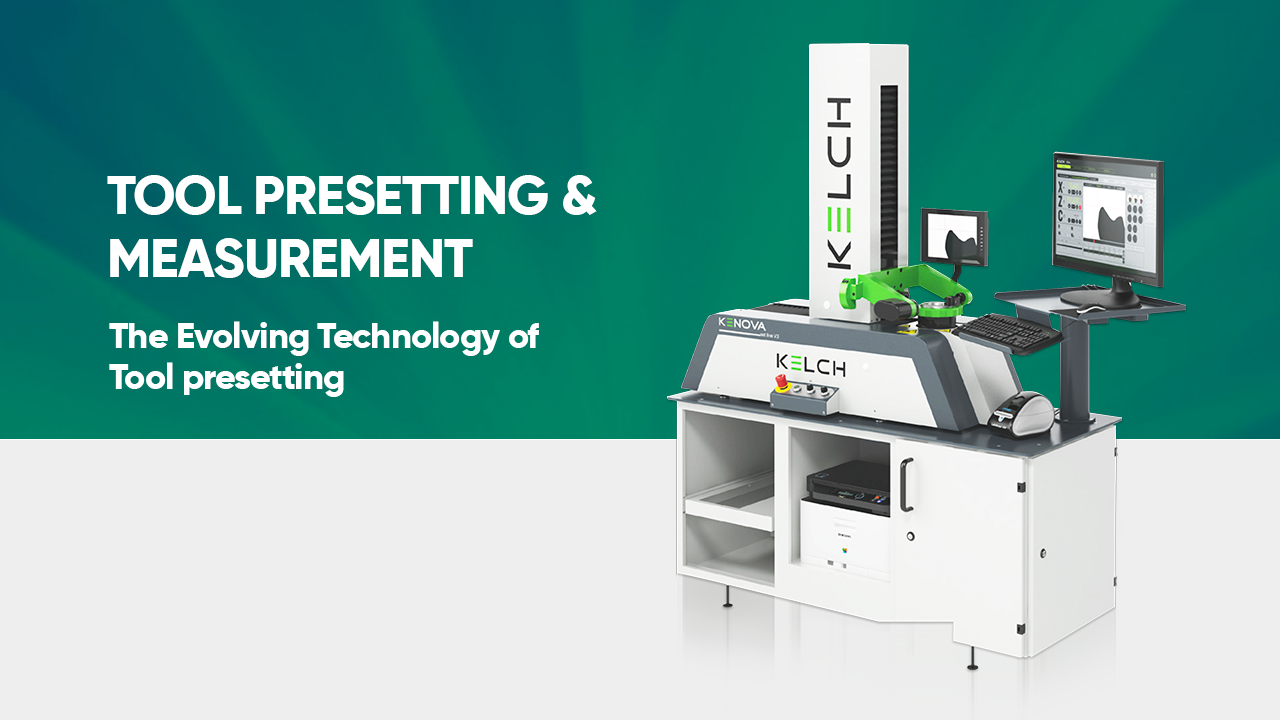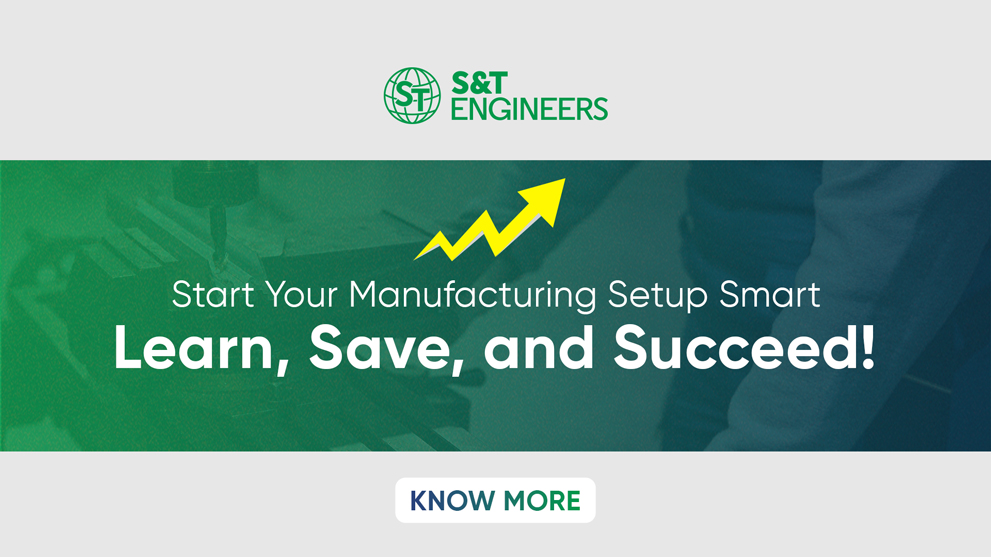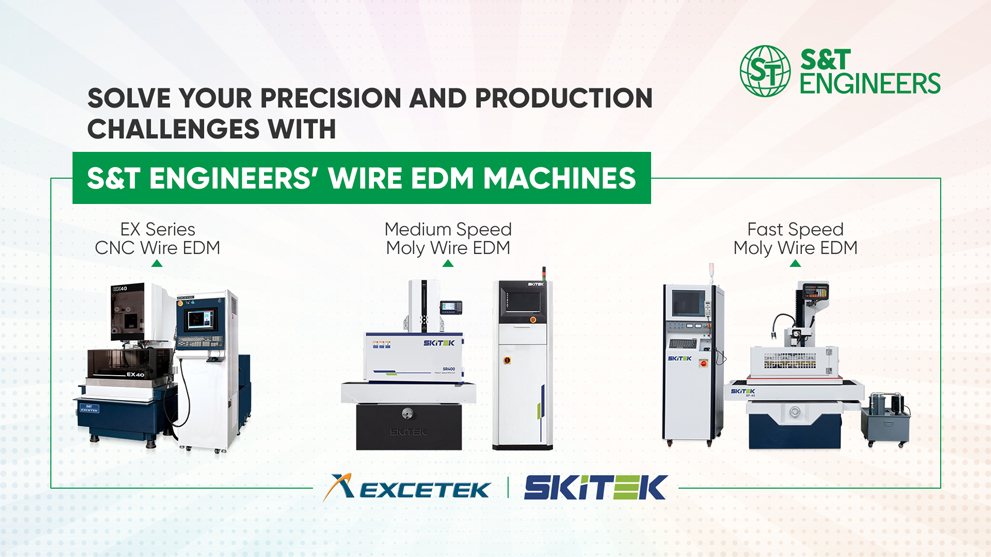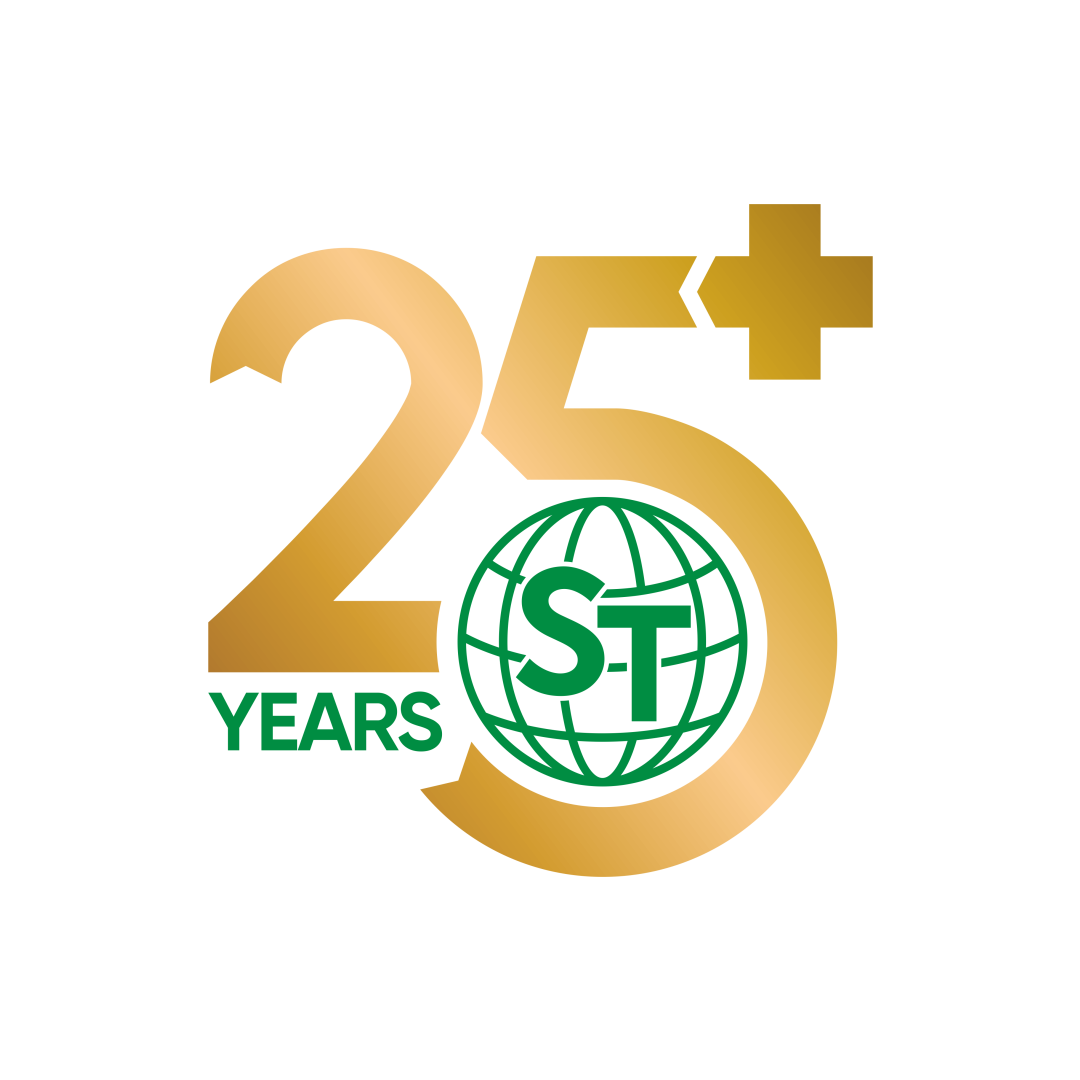
The evolving technology of tool presetting
CNC machining has replaced conventional or manual machining as the primary metal-removal method in most machine shops. Although CNC applications, programs, and setups vary from shop to shop, every CNC machine needs tool data to operate correctly. Tool data is necessary for the control to function accurately. These controls include tool diameter, tool radius, tool length, corner radius, tool shape and tool type.
The CNC tool presetter can be programmed to measure tool angles and radii as well as diameter and length. The ability to measure tool form reduces incoming inspection and eliminates errors at the machine.
Various methods exist for collecting necessary measurements. Newer machines often have onboard devices that allow the operator to easily measure a tool and store the necessary information. In other cases, because the machine is older or the application dictates it, an operator must measure a tool outside the machine to obtain the data. This is typically referred to as tool presetting.
Controls have been able to store and utilize tool measurements for several decades, negating the need to set tools to a specific length. In most shops, the act of presetting can more accurately be called tool measurement, even though the measuring machines are often called tool setters or presetters.
Multiple Methods
Tool measurement can be performed in many ways, with no one method being better or worse than another. Machining application, shop culture, tool type and machine configuration are some of the considerations when choosing a method for measuring tools.
The simplest tool setters functions much like a height gage. The cutting tool is placed in a holding fixture and the tool setter is brought into contact with the cutting tool. Measurements are then recorded and entered into the machine tool control. These tool setters are inexpensive and robust. Although simple and robust, the contact-type tool setters are slightly less accurate than more advanced optical setters and cannot be automated. Contact models are still a good choice for shops that need a budget-friendly solution or do not want maintenance issues associated with more-complex machines.
Having a tool setter integrated into a machine allows tools to be set before each use, and checking its length each time a tool is used mitigates tool wear and can detect tool breakage.
Newer tool setting technologies vary in complexity but rely almost exclusively on optics to generate measurements. Optical machines gather measurements via calibrated cameras and show results on a digital display. At minimum, optical machines provide a magnified view of the cutting tool edge as a silhouette, similar to an optical comparator. On more-advanced machines, the view is detailed and can allow the operator to see small imperfections. The view is so detailed that users must remove lint from the tool to achieve precise measurements.
Along with providing great detail of the cutting edge, optical machines can also measure angles, radii and other features for correctness, which is extremely useful when presetting form tools.
As tool setters increase in complexity, as well as price, the capability of the machine increases. More advanced machines can be automated, provide printed results and, in some cases, communicate directly with the machine tool control.
Printed results work to minimize recording errors by eliminating the need to write down measurements. At our plant, we print all of the tool information and measurements on stickers, which we attach to the cutting tools. This allows a person to quickly set several tools without having to write down data. The tools are then transported to the machine, increasing efficiency while eliminating errors.
CNCs are also available on the more-advanced presetters that enable the measurement process to be automated. Just like a CNC machine tool, the presetter can be programmed to carry out predetermined routines. CNC programming allows a parts manufacturer to transfer the measurement of tools from machinists to less-skilled inpiduals, enabling machinists to perform more value-added tasks. Programmed routines also ensure that the tools are always measured in the same manner.
Preset for Success
Tool presetting helps in sustaining and supporting efficient machining processes by providing tool data to be translated to CNC programs. Tool inspection also ensures improved tolerance capability and maximized production time, with tool management delivering a broad range of in-house functions that contribute towards your CNC accuracy.
Reliant on accurate tool dimensions, the precision of metal cutting in CNC machine tools is integral to end product precision. Tool specifications such as the diameter, length, angles and cutting edge radius are imperative for accuracy in the machining process. Tool presetting allows the user to ensure that the product is within those specifications before the tooling process begins. Presetting your tools increases productivity by maximising uptime because the inspection is carried out on pre-mounted tools offline, therefore as one tool is being preset another is in use on the CNC machine.
Advancing Communication
In the most advanced applications, the tool setter can communicate with the machine tool control. Most often, the communication takes place via radio-frequency chips embedded in tool holders. After measurements are completed, the tool setter records the data on the chip, which is subsequently read by the machine tool control. Transferring data in this manner minimizes the opportunity for error by eliminating the need for machinists to manually enter data into the control.
Advanced applications also include network connectivity, allowing machines and control software to access the digital information necessary to accurately measure tools. Drawings, CNC programs and CAD files can be imported and exported as needed. Digital information for reverse engineering can be shared with CAD designers. Measurement data can also be shared with internal inspection departments or vendors, if necessary.
Most small shops rely on tool setters inside the machine, as they are less expensive than stand-alone machines for small-scale applications. When the number of machines in a shop increases, onboard measurement can become a burden, as maintaining and calibrating multiple devices requires more resources than maintaining a dedicated machine. Productivity can be negatively impacted because machine tools are out of production when measuring tools.
Determining the best method will depend on the shop environment, the types of tools to be measured and the amount of data that must be collected. Each shop will have different priorities that will play a role in selection. As with all equipment purchases, it is best to examine several different options and evaluate them against your shop needs and priorities.
Tool setters should not be considered stand-alone machines as they are integral to the function of other machines. Shop culture, skill of the workforce, productivity requirements and budget are just some of the factors to consider. Working with an applications engineer from the tool-setter manufacturer and visiting other users will provide invaluable information about different applications, machine capabilities and best tool setting practices.
KEY FACTS ABOUT OFFLINE PRESETTERS VS. IN-MACHINE LASER TOOLS
- Adjustment & Cutting Time: Adjustments that could take up to 15 minutes when made in-machine can be made offline in less than one minute using a presetter. But reduced tool change over time isn’t the only time saver .In fact, one aerospace customer of ours recently reported how having offline presetters actually makes their in-machine lasers measure faster. By measuring their tools offline first, key setup data can be pre-loaded into the machine’s tool table via RFID. From there the laser acts as a final check before starting production.
- Ease of Use: Operators can preset offline tools in preparation for the next job or reset tools after changing inserts while the machine continues to run, instead of wasting valuable spindle time touching off tooling or making trial cuts.
- Accuracy: Presetters are simply better at measuring than machine tools, which often fail to measure and store real values for run out and/or length. This coupled with expected inaccuracies resulting from laser refraction off of diamond- and other impregnated cutting tools, and many scenarios can arise with in-machine measuring tools that will still require test cuts, “wasted” machine time, and scrap parts. As such, it’s only when adding in the precision and functional advantages brought on by an offline presetter that machinists improve their ability to produce a good part on the first try, saving time in the process and reducing consumables costs as well.
- Equipment Cost: It’s yet another popular misconception that in-machine lasers are standard or included options that come with machine tools straight from the factory. Closer investigation will reveal that you’re still buying the lasers, typically at a cost of around $13,000 per machine. So when you look at the variety of presetters that are available today, cost-effective options may be available that can be used to better monetize and more efficiently operate not just one, but multiple machine centers shop-wide.
Return on Investment (ROI):
The best answer to the infamous question “How can we make more chips?” is really a simple solution. It is by doing more set-up operations outside of the machine while the spindle is still running to make revenue! By setting up tools outside the machine, a shop can increase production without purchasing another machining center that can cost hundreds of thousands of dollars and ultimately won’t increase production any more than what could be accomplished at a fraction of the cost by investing in one or more presetters. Most of our customers report that their presetter pays for itself within 30 days of implementation, which is a degree of return on investment that you simply won’t achieve when opting for in-machine technology alone!






